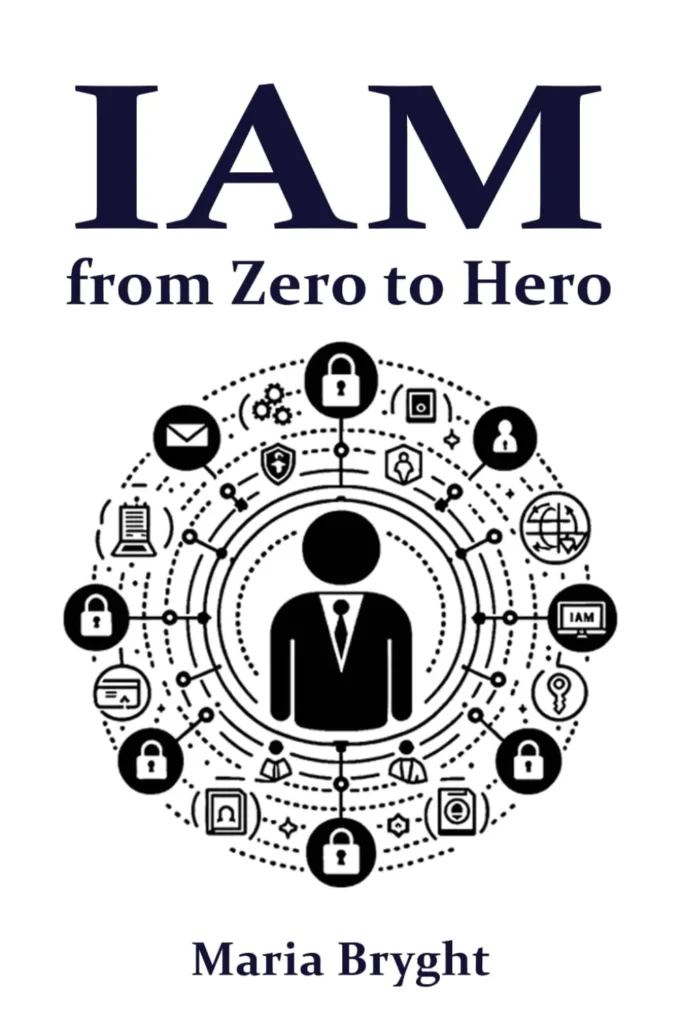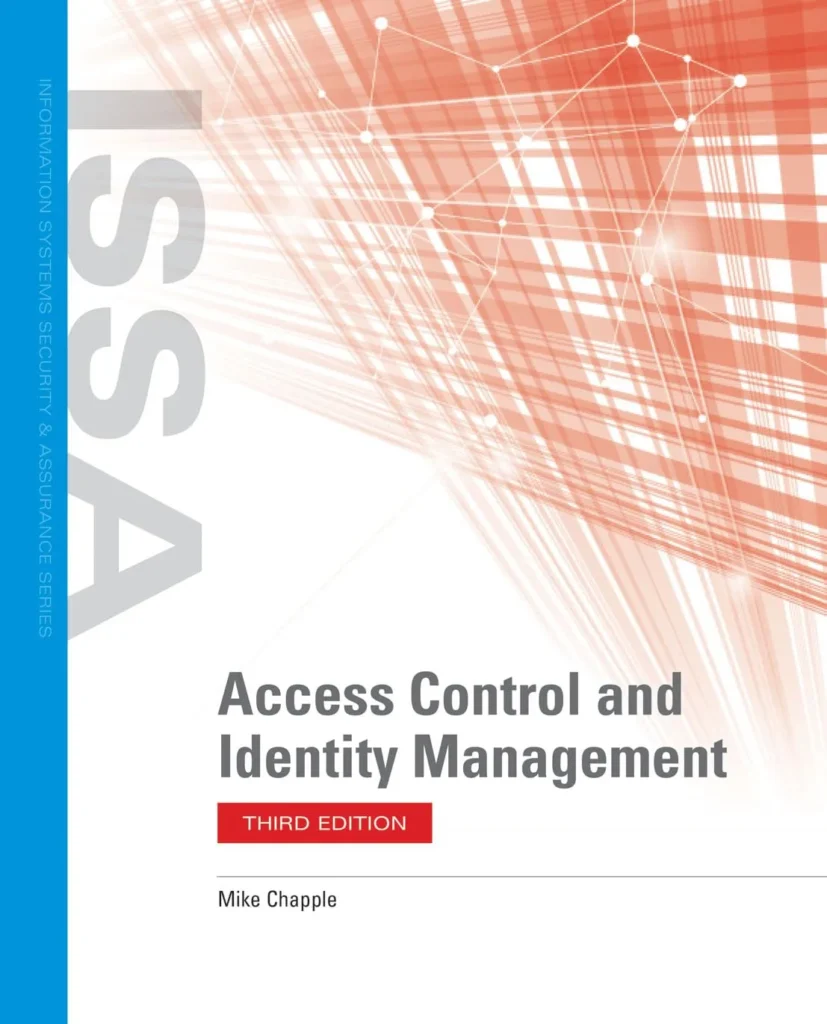In today’s digital landscape, managing who has access to what is more than just a convenience—it’s a critical security pillar. As businesses juggle countless applications, user accounts, and sensitive data, the complexity can become overwhelming. Proprietary Identity and Access Management (IAM) solutions offer a fix, but often come with hefty price tags and vendor lock-in.
Enter the world of open-source IAM. These powerful, flexible, and cost-effective solutions give you full control over your digital fortress. They allow you to manage user identities, enforce access policies, and streamline logins without breaking the bank.
This guide will walk you through the essentials of open-source IAM. We’ll explore what it is, why it’s a game-changer, and dive into the best open-source identity and access management solutions available today, helping you choose the perfect fit for your organization.
What Exactly is Identity and Access Management (IAM)?
Before we explore the top tools, let’s clarify what IAM is. Think of an IAM system as the digital bouncer and concierge for your organization’s entire tech stack. Its job is twofold:
- Identity Management: This is the process of verifying a user is who they claim to be. It involves creating, managing, and deleting user identities across various systems. Core functions include authentication (like passwords or biometrics) and Multi-Factor Authentication (MFA) for an added layer of security.
- Access Management: Once a user’s identity is confirmed, this part determines what they are allowed to see and do. It’s all about authorization—granting the right permissions to the right people for the right resources. This is where concepts like Single Sign-On (SSO) come into play, allowing users to log in once to access multiple applications.
A robust IAM solution seamlessly integrates these functions, ensuring that only authorized individuals can access specific data, applications, and systems, protecting your organization from unauthorized access and potential breaches.
Why Go Open Source for Your IAM Needs?
Choosing an open-source IAM solution isn’t just about saving money on licensing fees; it’s a strategic decision that offers significant advantages. If you’re wondering whether to move away from proprietary software, here are the compelling reasons to make the switch.
1. Unbeatable Flexibility and Customization
Open-source software gives you access to the source code. This means you aren’t limited by a vendor’s roadmap. Your development team can modify, extend, and tailor the platform to fit your unique business processes and integrate with legacy systems that proprietary solutions might not support.
2. Transparency and Enhanced Security
With open-source code, there are no hidden backdoors or secret functionalities. The code is available for anyone to inspect, audit, and improve. This transparency, backed by a global community of developers and security experts, often leads to more secure and robust software, as vulnerabilities are typically found and patched quickly.
3. No Vendor Lock-In
Proprietary solutions can tie you to a single vendor’s ecosystem, making it difficult and expensive to switch. With an open-source IAM, you own and control your infrastructure. You have the freedom to change support vendors or manage it entirely in-house, giving you complete autonomy over your identity strategy.
4. Strong Community and Enterprise Support
Popular open-source projects are backed by vibrant communities that contribute to documentation, provide support through forums, and continuously develop new features. Additionally, many of these projects offer optional, paid enterprise support, giving you the best of both worlds: community-driven innovation and professional-grade assistance when you need it.
The Top Open Source IAM Solutions to Consider
Now for the main event. We’ve evaluated the landscape and handpicked the best open-source identity and access management solutions based on their features, community, and overall power.
Keycloak: The Feature-Rich Powerhouse
Backed by Red Hat, Keycloak has become a de facto standard in the open-source IAM world. It is incredibly feature-rich and developer-friendly, making it an excellent choice for modern applications.
Keycloak excels at providing a centralized authentication server. It supports standard protocols like OpenID Connect (OIDC) and SAML 2.0 right out of the box, making it easy to implement Single Sign-On (SSO) for web applications and RESTful web services. Its user-friendly admin console allows for easy management of users, roles, and permissions.
Key Features:
- SSO and Social Login (Google, GitHub, etc.)
- Comprehensive protocol support (OIDC, OAuth 2.0, SAML)
- User Federation (LDAP, Active Directory)
- Multi-Factor Authentication (MFA)
- Extensive customization through themes and extensions
Best for: Organizations of all sizes, especially those with strong development teams, that need a modern, flexible, and all-in-one IAM solution.
WSO2 Identity Server: The Enterprise-Grade Integrator
WSO2 Identity Server is a highly versatile and scalable IAM platform designed for enterprise-level demands. It’s particularly strong in API security and managing identities across complex, heterogeneous environments.
WSO2 IS is built to handle high volumes of traffic and can be deployed on-premise, in the cloud, or in a hybrid model. One of its standout features is adaptive authentication, which allows you to create dynamic authentication flows based on user context, such as their location, device, or risk profile. It also provides robust identity bridging to connect with external identity providers seamlessly.
Key Features:
- Adaptive Multi-Factor Authentication
- Advanced API and microservices security
- Scalable to handle millions of users
- Strong support for legacy and modern standards
- Comprehensive identity lifecycle management
Best for: Large enterprises, financial institutions, and governments that require a scalable, highly customizable IAM solution to secure APIs and integrate with a wide range of systems.
Gluu Server: The Security-First Platform
Gluu is an open-source IAM platform with a laser focus on security and trust. It provides a comprehensive suite of services for web and mobile SSO, two-factor authentication (2FA), and API access management.
Gluu aggregates other best-in-class open-source components into a cohesive platform, offering a robust and battle-tested solution. It shines in environments where compliance and high-security standards are non-negotiable, such as healthcare, finance, and education. While it has a steeper learning curve, its capabilities for fine-grained access control are second to none.
Key Features:
- Strong 2FA capabilities (U2F, TOTP)
- Fine-grained authorization policies
- Excellent for achieving compliance (e.g., GDPR)
- Provides its own LDAP directory
- Commercial support and training are available
Best for: Organizations with stringent security and compliance requirements that need a robust, audited platform for managing identities and access.
FreeIPA: The Integrated Linux/UNIX Solution
FreeIPA is different from the others on this list. It’s an integrated security information management solution for Linux and Unix environments, combining a Linux distribution, 389 Directory Server (an LDAP implementation), MIT Kerberos, and more.
If your infrastructure is heavily reliant on Linux, FreeIPA is an excellent choice. It centralizes authentication, authorization, and account information in one place. It’s not primarily a web SSO tool like Keycloak, but rather a comprehensive domain controller for Linux systems. It simplifies management by providing a unified web interface and command-line tools for everything from user provisioning to defining Kerberos policies.
Key Features:
- Centralized authentication for Linux/UNIX machines
- Host-Based Access Control (HBAC)
- Integrated Certificate Authority for managing PKI
- DNS server management
- Direct integration with Active Directory through trusts
Best for: System administrators managing Linux-centric environments who need a unified tool for identity, policy, and audit.
How to Choose the Right Open Source IAM for Your Needs
Selecting the best open-source identity and access management solution depends entirely on your specific circumstances. Here are a few key questions to ask your team:
- What is our technical expertise? A solution like Keycloak is very developer-friendly, while FreeIPA is geared more towards Linux system administrators. Gluu might require more specialized knowledge to deploy and manage effectively.
- What are our core requirements? Do you simply need SSO for a few web apps, or do you need a full-blown platform to secure APIs, manage user lifecycles, and meet strict compliance standards? Make a list of must-have vs. nice-to-have features.
- What is our existing infrastructure? Consider the systems you need to integrate with. Are you a Windows shop that needs strong Active Directory integration? A Linux-heavy environment? Or a cloud-native organization building on microservices?
- How important is community versus commercial support? All these projects have strong communities, but your organization might require the safety net of a commercial support contract, which is available for Keycloak (via Red Hat), WSO2, and Gluu.
Conclusion: Take Control of Your Digital Identity
Open-source Identity and Access Management solutions have matured into powerful, secure, and viable alternatives to their proprietary counterparts. By offering unparalleled flexibility, transparency, and cost-effectiveness, they empower organizations to build security frameworks that are perfectly tailored to their needs.
Whether you need the all-around power of Keycloak, the enterprise scale of WSO2 Identity Server, the security focus of Gluu, or the Linux integration of FreeIPA, there is an open-source solution ready to help you secure your digital assets. The journey to streamlined and secure access starts with choosing the right tool, and with open source, you are firmly in the driver’s seat.
See Also
-

Cloud-Based Android Apps Development Labs
-

Cloud-based Software Development and Testing Labs
-

Cloud-based virtualization labs
-

Cloud-based Simulation Labs
-

Operating system hardening
-

IT System Development, Deployment and Migration
-

Microsoft Hyper-V
-

Hypervisor and Virtualization
-
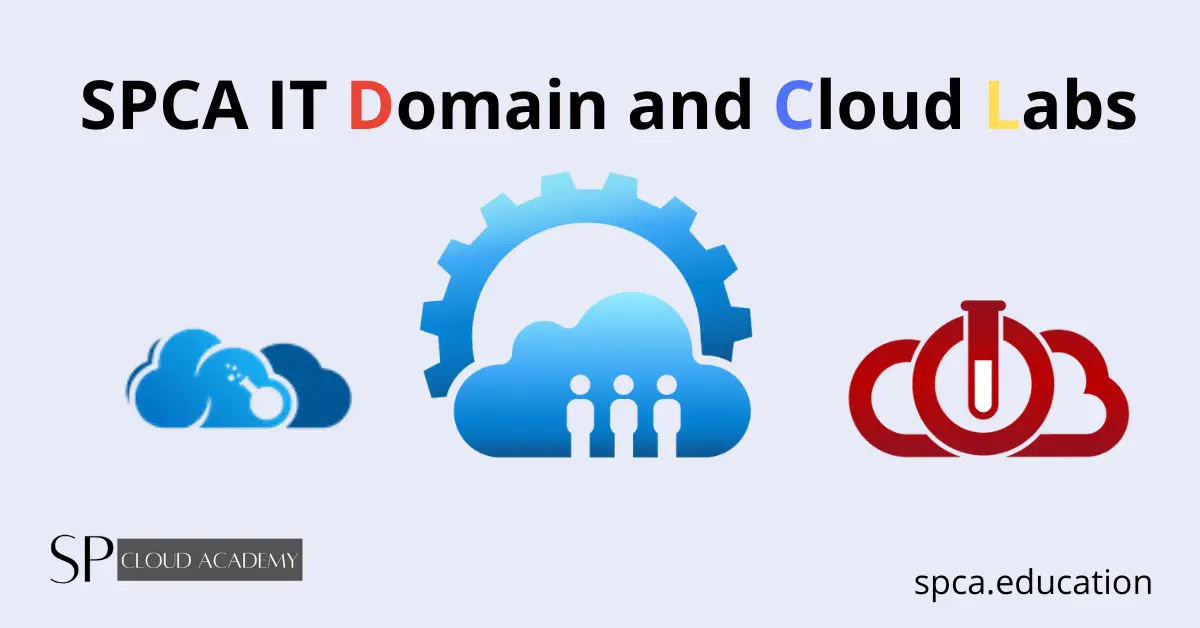
Educational IT Domain and Cloud Labs Deployment
-
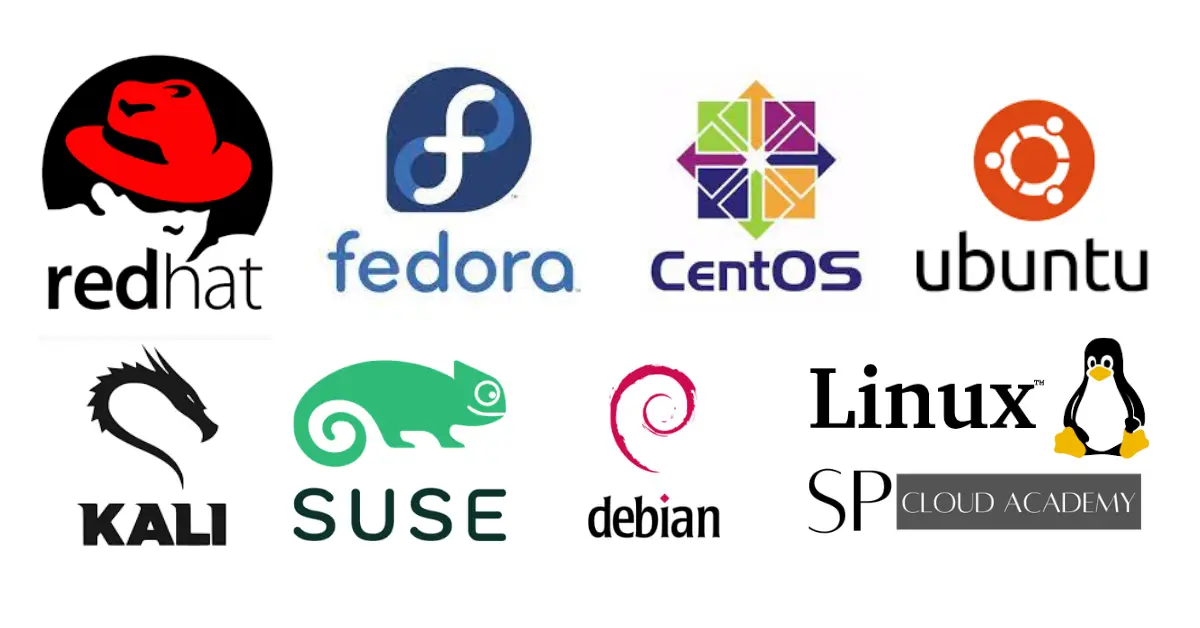
Linux Distributions
-
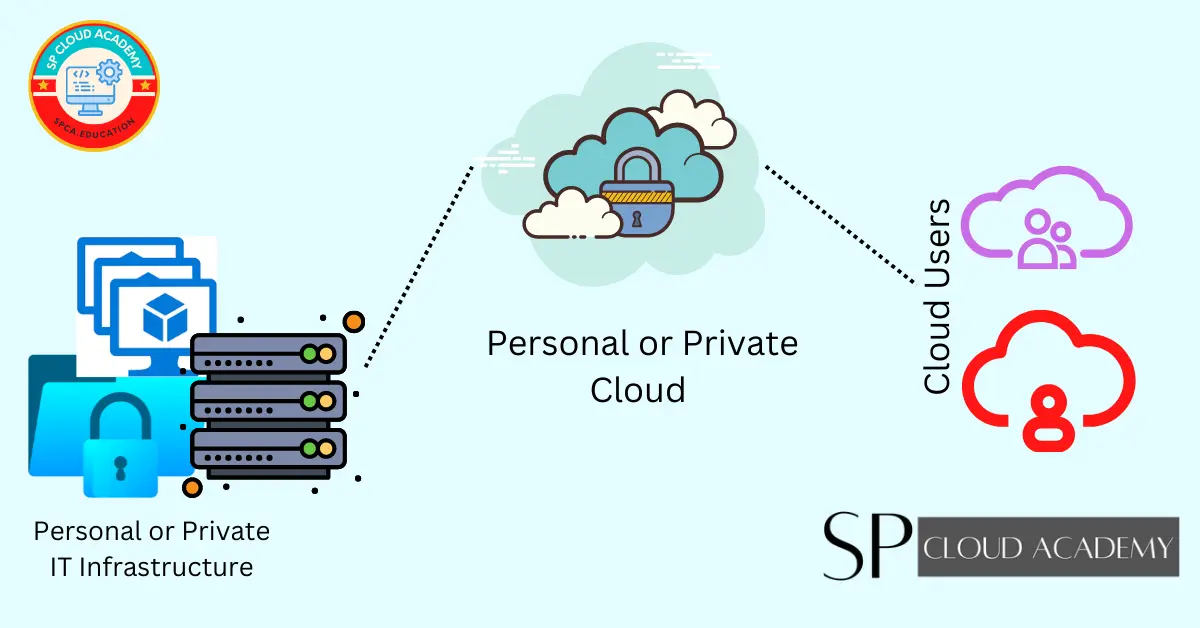
Private Cloud Deployment
-
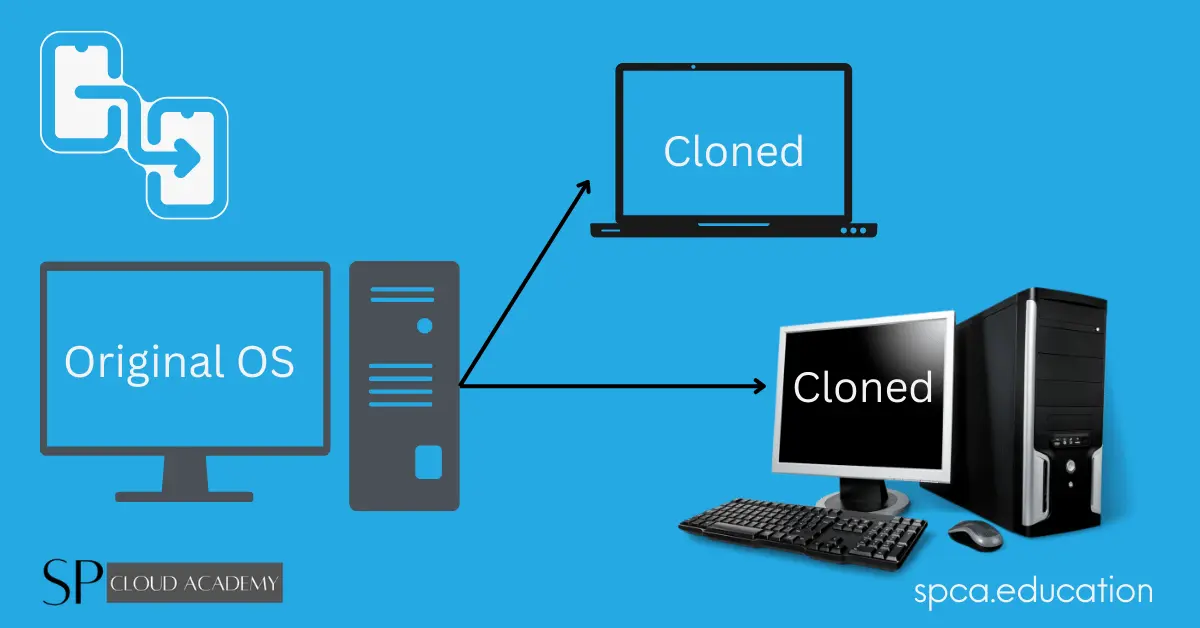
System Cloning and Imaging

